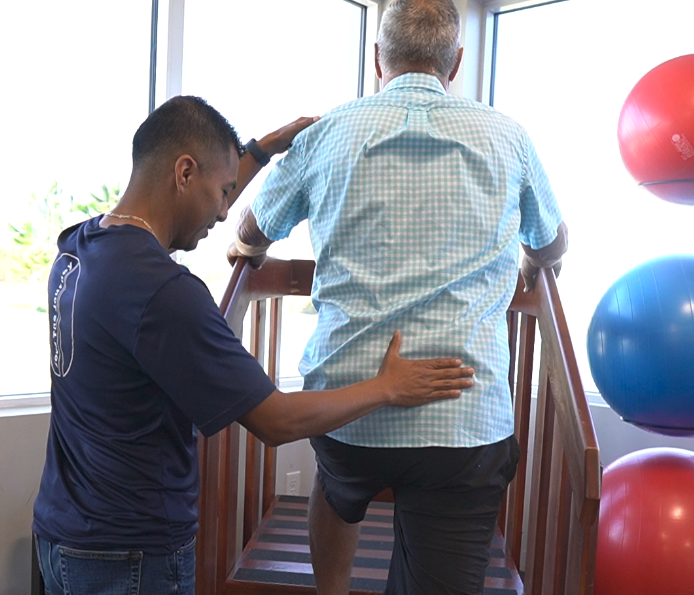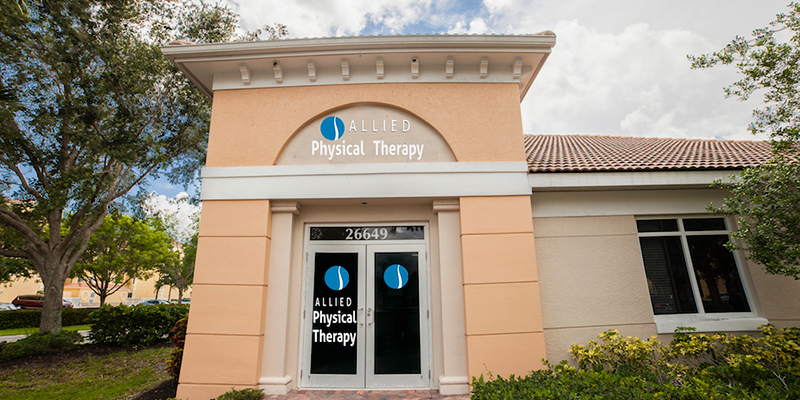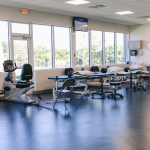 There are 360 joints in the human body. And the shoulder joint tops just about anyone’s list of the most complex. This is not just because of the shoulder’s anatomy – which is crazy complex in and of itself – it is because the shoulder’s many movements and range of motions and uses predisposes it to overwork – and injury.
There are 360 joints in the human body. And the shoulder joint tops just about anyone’s list of the most complex. This is not just because of the shoulder’s anatomy – which is crazy complex in and of itself – it is because the shoulder’s many movements and range of motions and uses predisposes it to overwork – and injury.
Each year in the United States, approximately 4.5 million medical provider visits are related to shoulder pain. And many of those people will eventually be offered surgical remedies.
However, before you say “Okay,” to invasive surgery when there has been no evidence of injury, you may be interested to know that recent studies have found that most patients who opted for shoulder surgery reported no difference in pain up to five years later.
The most recent report, published by The BMJ, a global healthcare knowledge provider, recommended physical therapy, injections and manual and electrotherapy in lieu of decompression surgery.
In many cases, manual therapy in addition to exercise therapy was proven to be much more effective than surgery for long-term relief of shoulder pain and range of motion issues.
For more information about shoulder pain, as well as tips for alleviating pain, download our eBook, “Common Causes of Shoulder Pain and How to Heal, Strengthen and Prevent Injury Without Surgery or Painkillers.”
to your body – monitor placed straight ahead so you don’t have to crane your neck up or down. (See illustration below.)
If you’re watching TV, pick up the weights – or unopened soup cans – and work the arm muscles. If you’re working, take breaks and stroll around the office. If you’re watching TV, do some stretching during the commercials, or take a stroll to somewhere other than the refrigerator!
If you need some pointers, the Allied staff (https://alliedpt.com/contact/) is always ready to evaluate your working conditions – or watching conditions – and make recommendations about the best way to keep your moving parts in good working order!












